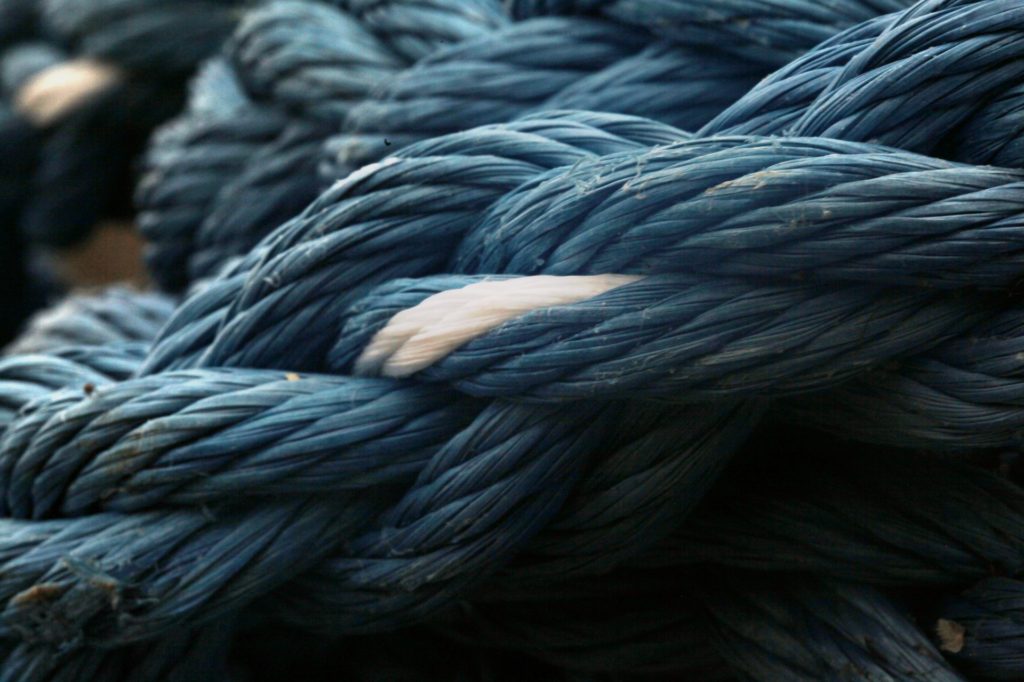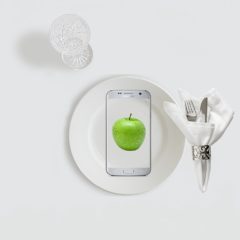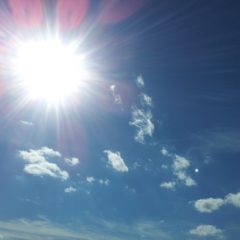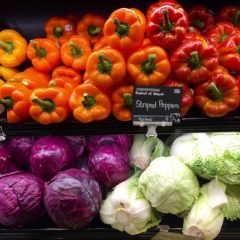It’s the rare person who can say that they don’t have any muscle knots. These sometimes painful lumps in your muscles can be puzzling—where did they come from, and how do you get rid of them? Here are some things to know that will help you understand what muscle knots are, how you got them, and what you can do to deal with them:
1) Muscle knots can show up in almost any of the large muscles in your body. However, they’re most commonly found in your upper back, neck, shoulders, and buttocks. They feel like a thick lump in the muscle, and can be painful or not. Large muscle knots in the wrong places can cause migraines, back spasms, shoulder and neck pain, and compress nerves.

2) Your muscles are made of sheets of fibers, which are layered one on top of another. Most of those muscle sheets run in different directions from the layer above or below. In order to do their job of moving your skeletal structure, those muscles need to be flexible and elastic. Muscle knots are the result of injury, overuse, static positions, and even chronic dehydration. Those normally pliable muscles begin to adhere to the adjoining sheets creating a knot, which limits movement and function in the muscle.
3) Most of us have muscle knots, and for some, they’re not a problem. However, large knots can become sensitive and painful. The knots that are painful or irritable are also called trigger points—basically a knot in the muscle, but you can put your finger right on it because it hurts. Over time, this knot or trigger point can become a permanent adhesion, create scar tissue in the muscle, and limit your range of motion.
4) There are actually some things you can do to prevent muscle knots. The most common site of muscle knots are your trapezius muscles, at the top of your shoulders; a by-product of too much computer time or stress. Working on your posture, taking frequent breaks from the computer, and managing your stress are steps that can help limit muscle knots. Staying physically active is also helpful in limiting muscle knots, however be mindful of repetitive motions. A good plan would be to alternate the kinds of exercise you do, combined with stretching. In addition, make sure you’re drinking plenty of water, especially if you’re very physically active, as dehydration affects your muscle tissues and can contribute to the formations of adhesions and knots.
5) In Chinese medicine muscle knots are considered to be an area of stagnation, in which natural flow is hampered. This means that the adhesion is blocking the circulation of blood and nutrients in your muscle, as well as hampering its ability to move optimally, sometimes affecting your range of motion.
6) Painful muscle knots are called Ah Shi points in Chinese medicine. Ah Shi means “That’s the spot!” and can direct your acupuncturist where to place needles during a treatment. While needling a tender point may sound like a painful technique, it actually doesn’t create more pain, and is effective in loosening up the knot and relieving pain.
7) Your acupuncturist may use another technique, called Stuck Needle, in which one or more acupuncture needles are inserted into your knot and then gently twisted until it feels stuck to the practitioner’s touch. This technique affects the muscle fibers that have formed the knot, and over a series of treatments can actually reduce the size of the knot and decrease your pain.
8) Chinese medicine has a couple of other methods for treating muscle knots. One is a kind of bodywork, called Tui Na. To you it will feel like a kind of massage, but the practitioner is employing a number of manipulations to the affected muscle to increase circulation, break up the adhesion, relieve pain, and loosen up your muscle. Another technique that may be helpful is called Gua Sha. This involves using a special tool to abrade the skin over the knot. This creates a red mark on your skin that looks a little like a bruise, but it helps to increase circulation, loosen muscle fibers, relieve pain, and promote healing of the muscle. While Gua Sha may sound painful, most people say it feels good because it’s addressing the knot directly, and it’s effective.
9) Physical therapy may also be a good choice in treating painful knots. A good physical therapist can assess the underlying cause of your knot and treat it through massage and manipulations. They will also likely send you home with stretches and exercises to help you loosen up and strengthen the affected muscles. Physical therapy can be especially effective when combined with acupuncture.
10) A series of sessions with a skilled massage therapist can also be effective. Massage helps to boost circulation in the muscle, increase range of motion, relieve pain, and loosen up adhesions.
The bottom line is that it’s common to have muscle knots. However, when a muscle knot becomes painful, limits your range of motion, or hampers your ability to be active, it’s time to get some help. A good acupuncturist, physical therapist, or massage therapist can help relieve the pain and loss of function associated with muscle knots.



